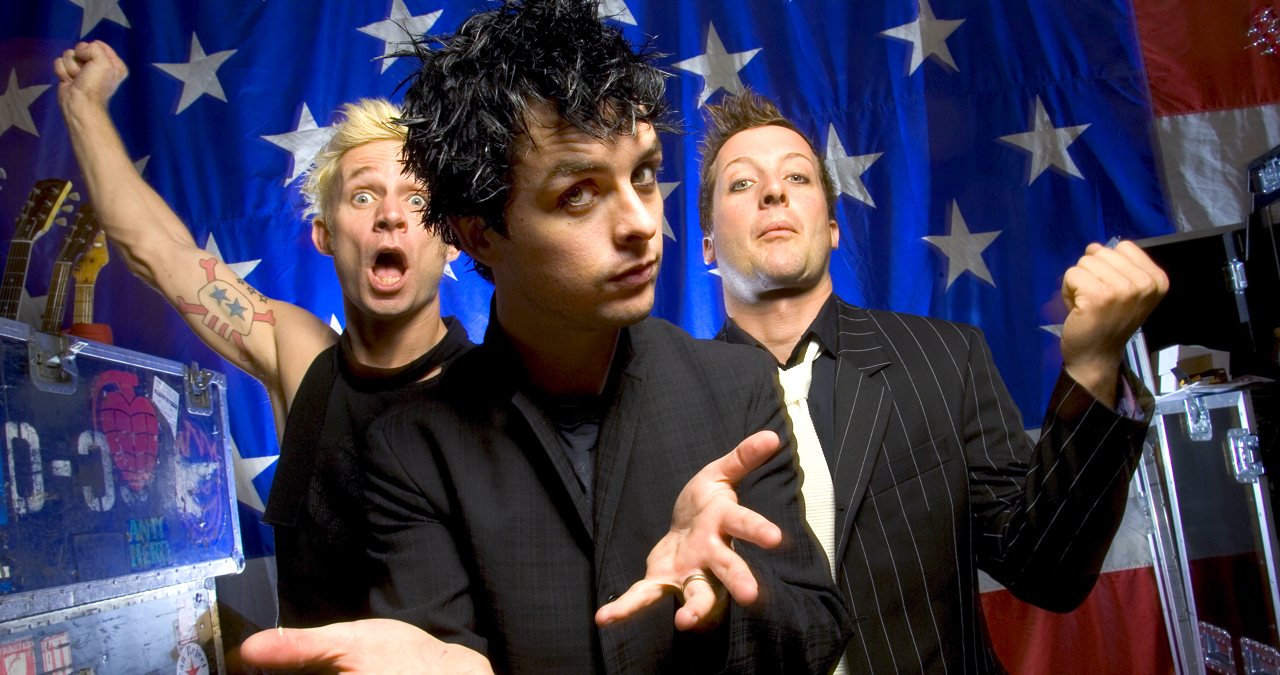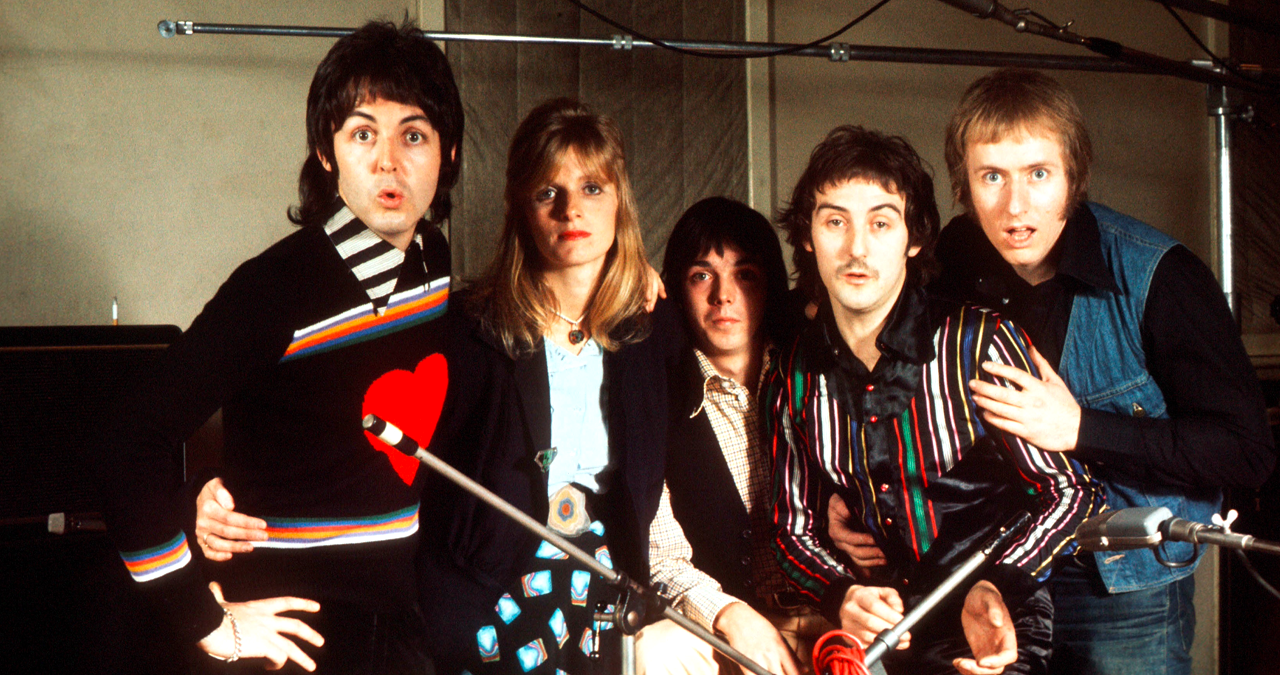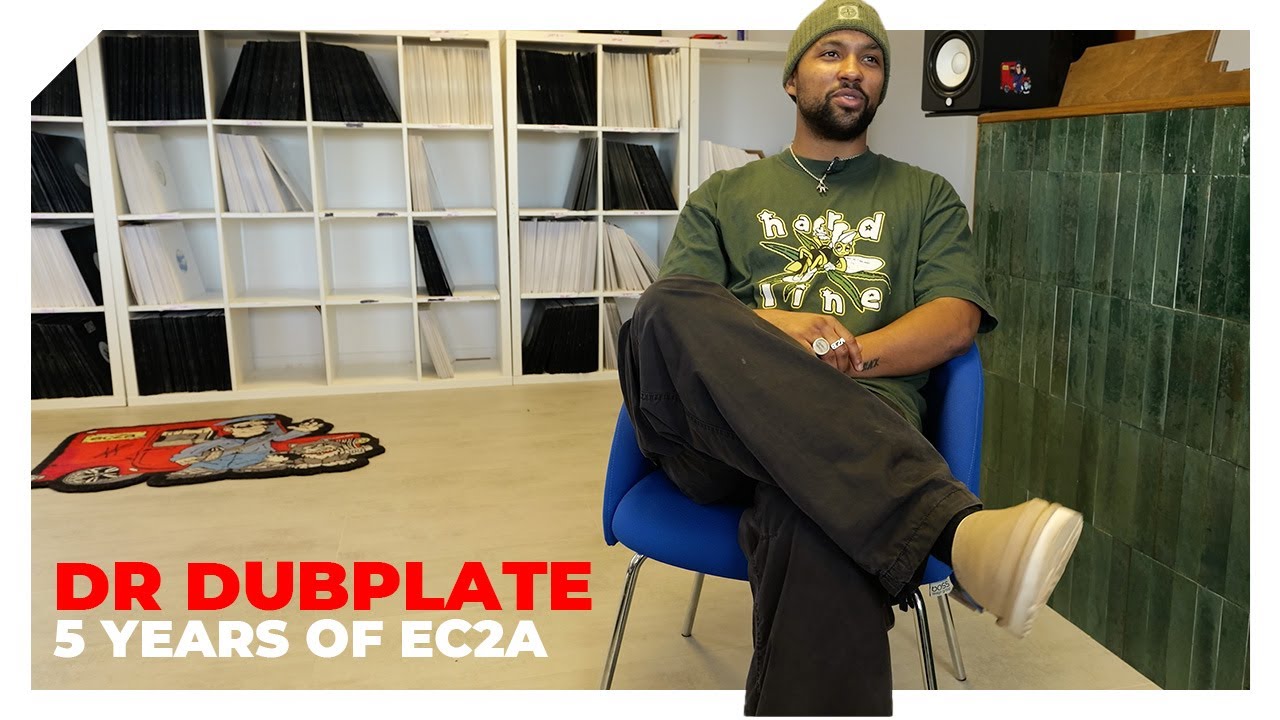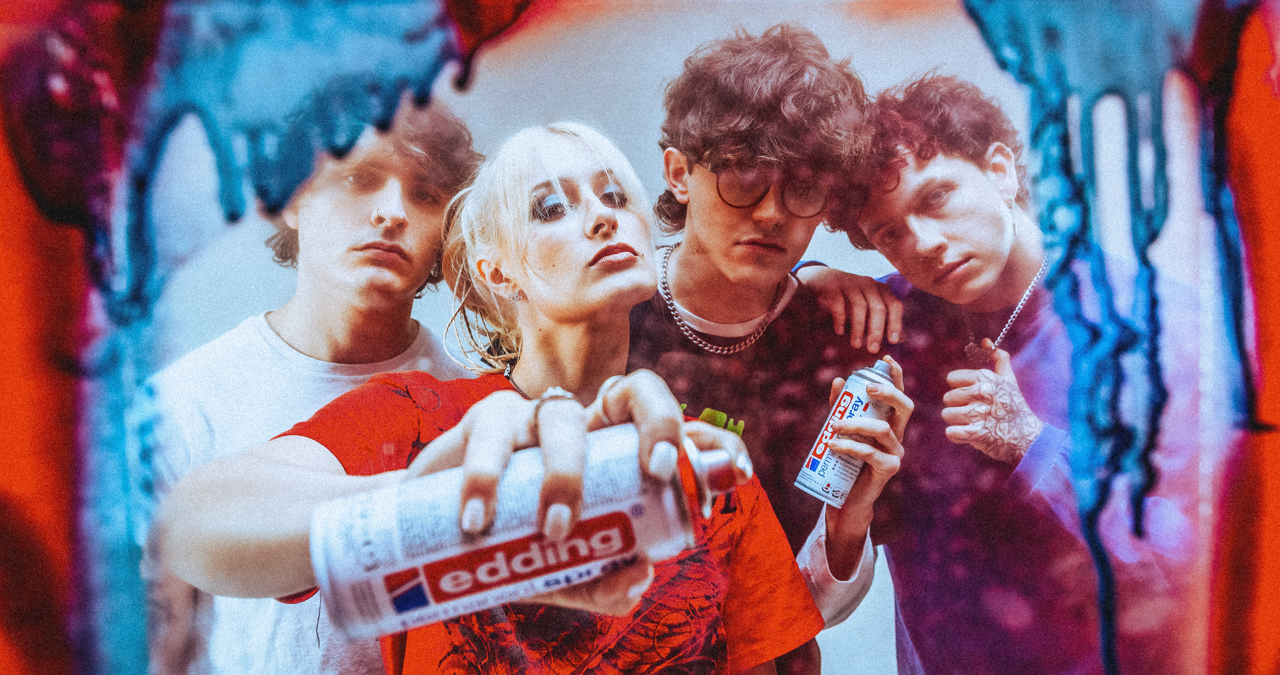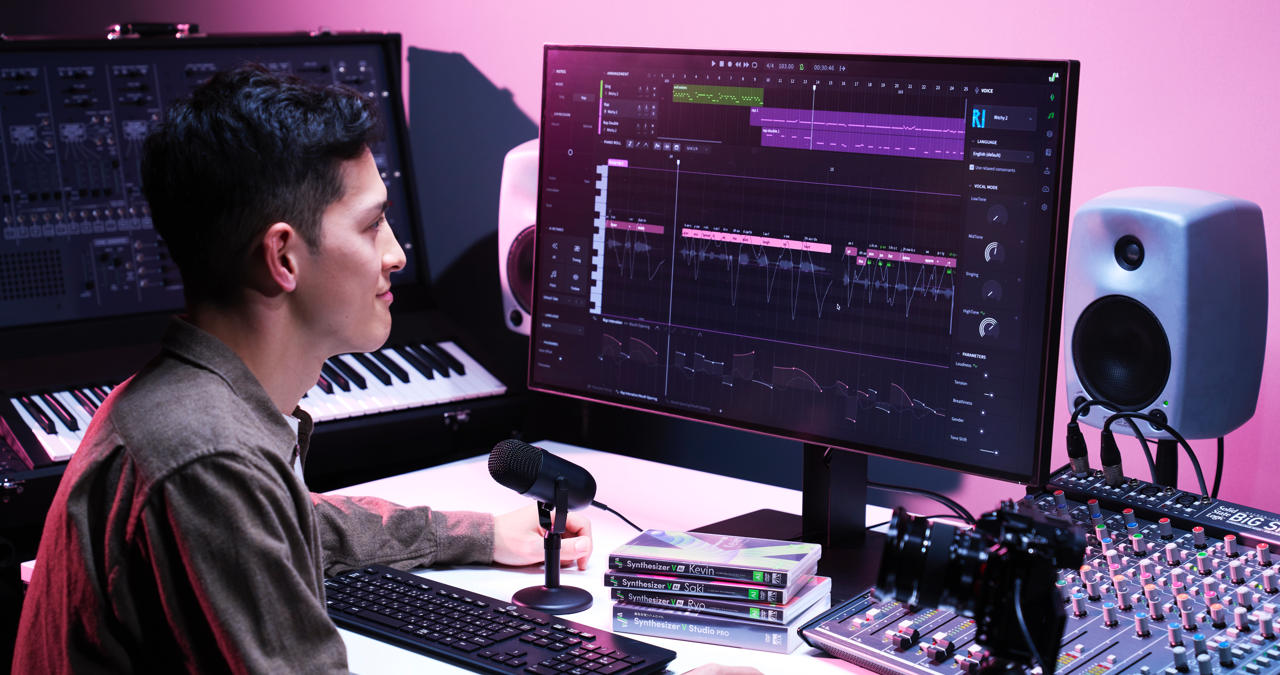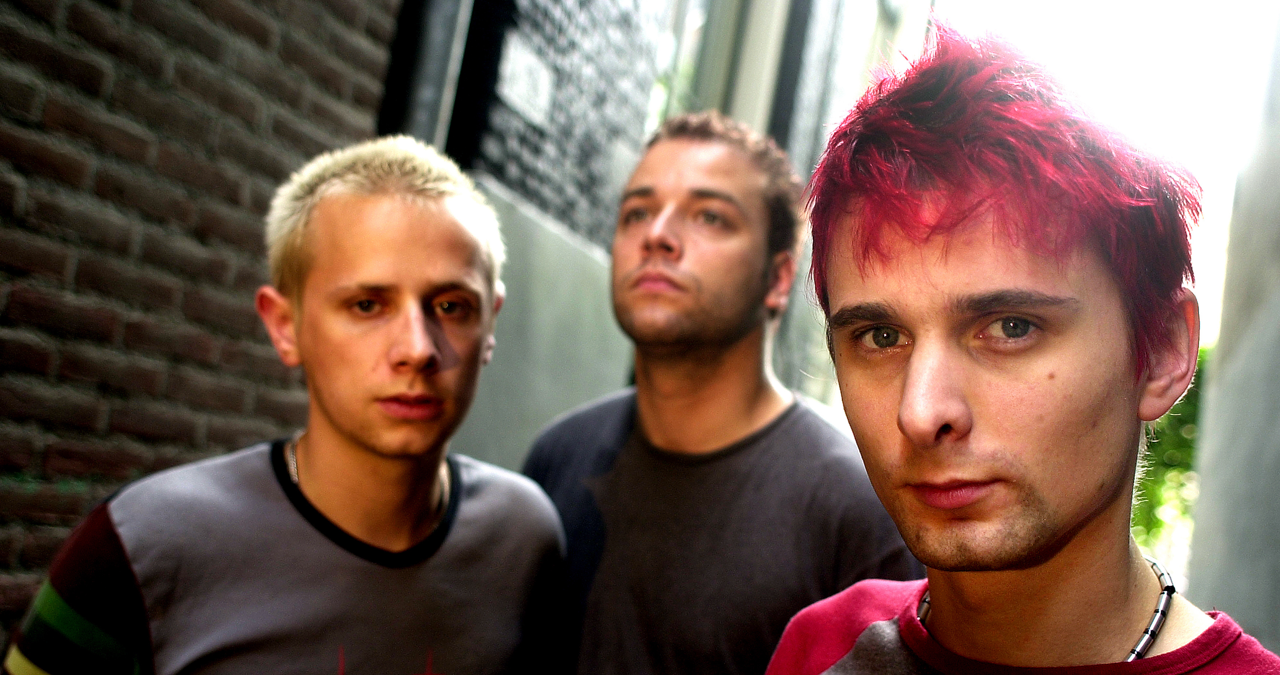“Even 300 million streams don’t guarantee a sustainable career”: How Lola Young built on the viral success of Messy - and what musicians can learn from her journey
Exploding on TikTok or getting that one big hit might be something many artists are trying to crack - but it's no guarantee of long-term success
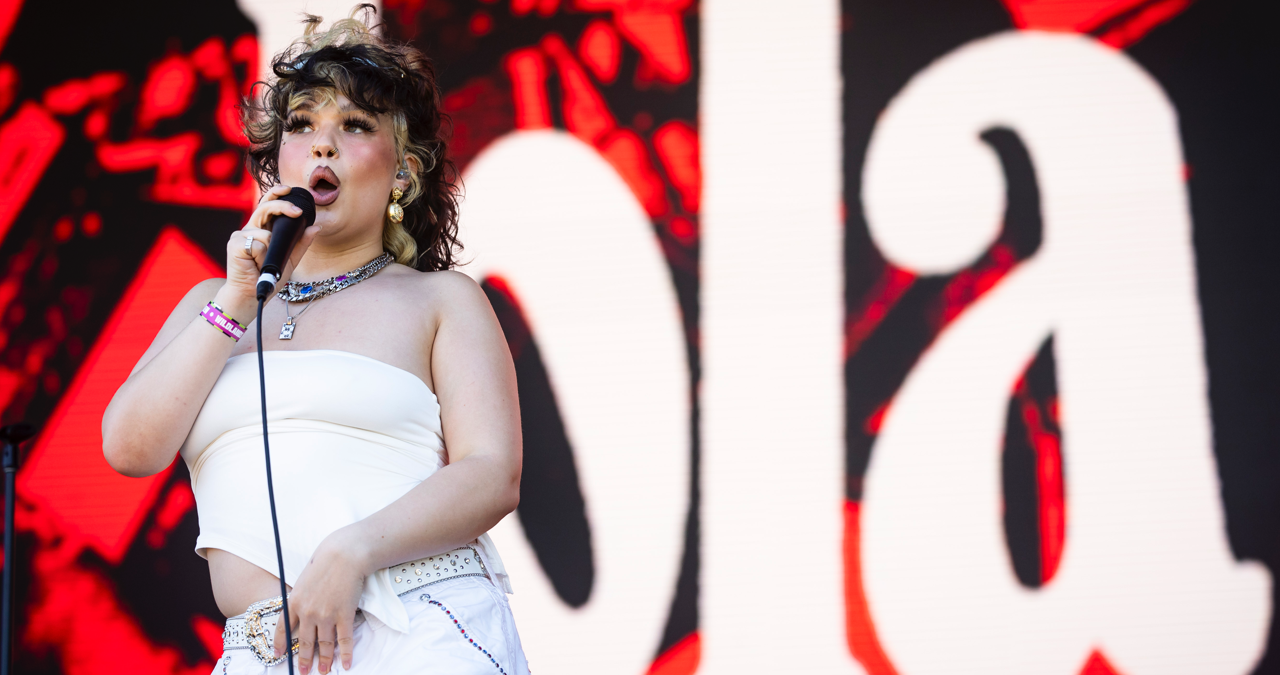
If you haven't heard Lola Young's Messy yet, where have you been? The London-hailing singer and songwriter's anthem Messy skyrocketed to the top of the UK charts, earned her a Tonight Show debut, and amassed (at time of writing) over 300 million Spotify streams. Yet behind the viral triumph lies a sobering truth: even explosive social media success doesn’t guarantee meaningful direct engagement.
Young’s journey underscores a critical lesson for emerging artists: virality alone cannot sustain a career.
While influencers and algorithms can propel a song to global fame, converting casual listeners into loyal fans and driving them to your owned platforms remains a steep uphill battle.
Let’s break down how Messy went viral, where the traffic went, and what new artists must prioritise to turn short-term buzz into lasting success, just like Lola has done.
Note: All data/stats are from time of writing, and might have increased significantly since completion of this article.
Anatomy of a viral moment
Young first teased Messy on TikTok in May 2024, generating impressive, yet channel average traction (141k views). But the real breakthrough came six months later when influencer Jake Shane and Sofia Richie Grainge (daughter-in-law of Universal Music’s CEO) danced to the track in a 'fan-led' clip.
The video sparked a trend, there are now 250k+ user-generated TikToks, including posts from Reese Witherspoon and Kylie Jenner.
The key takeaway here is that timing is fluid.
A song’s BIG moment can arrive months after release. So just because you've released a song a year or two ago, it doesn't meant you can't re-purpose it to tie in with emerging trends or cultural events. Remember - new music can be any music you’ve never heard.
Influencers are accelerators. Partnering with creators even unintentionally can reignite interest, but authenticity is key.
The harsh reality of traffic and conversion
After Messy went viral, Google reported two million monthly global searches for Lola Young. That's a 752% spike on the previous period, but where did that curiosity lead?
Get the MusicRadar Newsletter
Want all the hottest music and gear news, reviews, deals, features and more, direct to your inbox? Sign up here.
- Only 8,000 visitors (0.4% of searchers) reached her website.
- Of which just 4,400 were unique visitors, with a 49-second average engagement.
- 52% of traffic came from organic search vs 6.7% from social media.
Artists are often told to 'build a mailing list', but Young’s data reveals the challenge to this advice. Even at this viral level, most fans didn’t visit her website, and search data reveals those that did, went almost exclusively to find live tickets, in this case clicking through to give their data to ticket companies like Live Nation over the artist.
It’s clear without meaningful incentives few will voluntarily share their email. At the grassroots level, this becomes even harder as the value of exclusive content diminishes significantly.
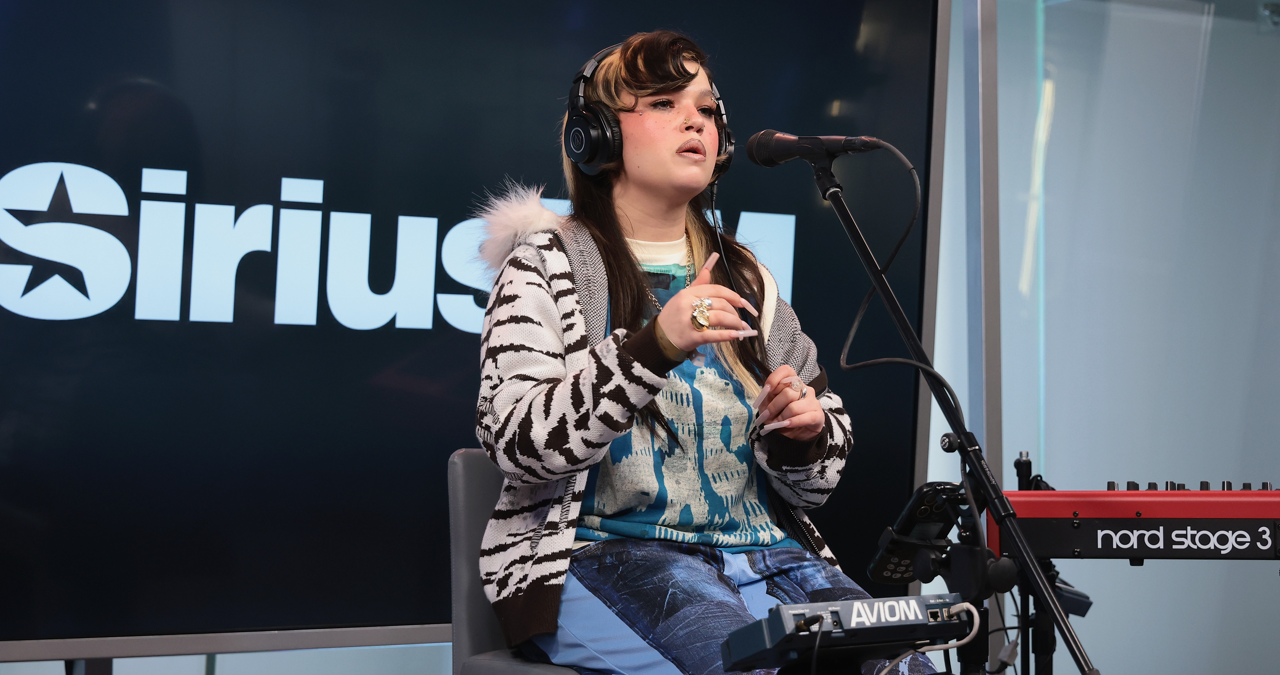
What can we learn from this? That your website is a tool, not a given. Optimise it for what fans want (e.g., tickets, merchandise) If you are reliant on incentives to drive mailing list sign-ups make sure there is a genuine incentive.
Social media virality happens off the page. Less than 10% of Lola Young’s website traffic came from direct social referrals. Most people who saw the ‘Messy Dance’ did not see it on Lola Young’s page and most didn’t click her links to visit her pages.
The messy battle for attention
Google is rapidly moving to a 'zero-click' search model, by increasingly answering queries directly on the results page.
This means if you want people to come to your website you need to provide something more than information that can be shared in search.
In Lola Young’s case of the 2,000,000 searches, most were either informational ‘Lola Young’s age’ (answered by Google directly) or navigational ‘Lola Young Wiki’ while just 19% were transactional ‘Lola Young Tickets’.
This makes website optimisation even more critical. In Young’s case there were gaps:
- Outdated metadata (e.g. referencing a 2023 single).
- Missing H1 tags and image alt text, hurting SEO.
- No clear incentive for mailing list sign-ups.
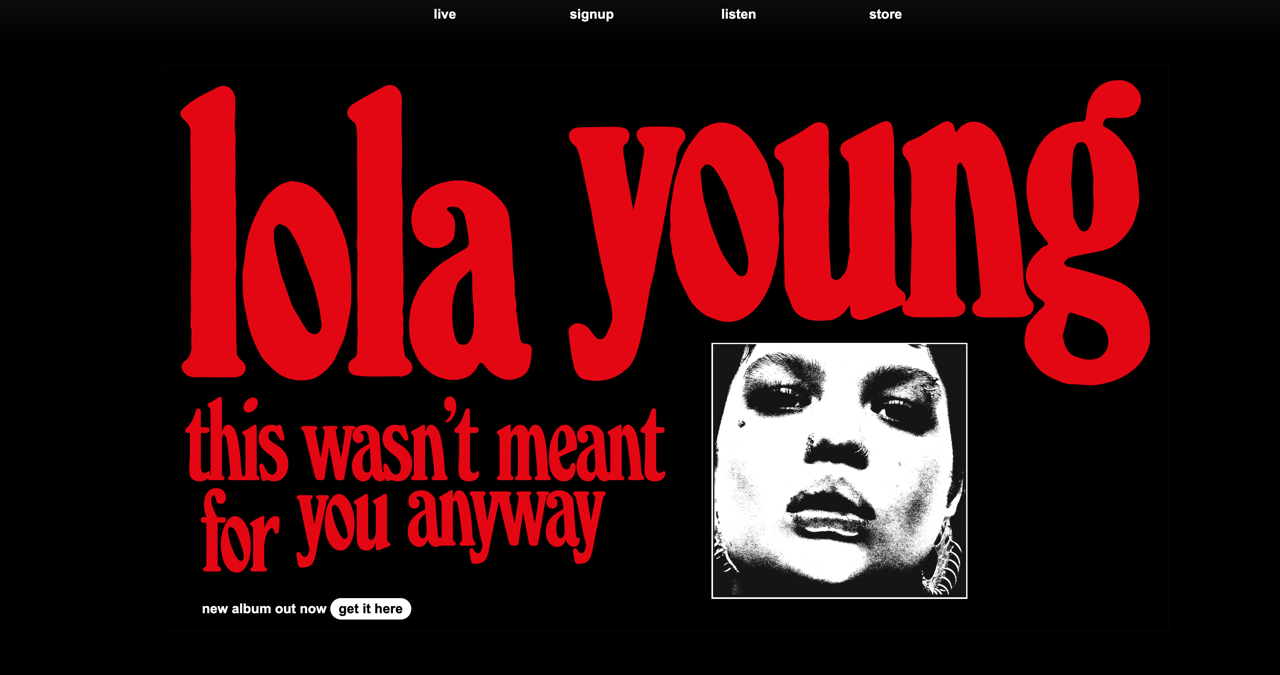
On the positive side, Lola's website contains Meta and TikTok pixels which means she can retarget visitors later, hopefully improving on that 49-second engagement and turning more visitors into listeners and fans.
How can you get better at this? Treat your website like a storefront. Update it regularly, use SEO best practices, and align content with search intent (informational, navigational, transactional).
Own your story. Unique trivia (e.g. 'Her aunt wrote The Gruffalo') gives fans social currency to share, boosting organic reach.
The Spotify vs YouTube divide
Messy’s viral fame has been more pronounced on Spotify than YouTube.
At the time of writing, Messy has surpassed 300 million streams on Spotify versus 37 million views for the Messy music video on YouTube. But in both cases, the real headline figure is the conversion from Listener to Follow/Fan.
On Spotify, just 1.6% of her 40,000,000 monthly listeners follow her, while just 1% of Messy video watchers subscribe to her YouTube channel.
On Spotify, Messy has 7 times more streams than any other Lola Young track, but her top 9 songs all have well over 3 million streams each, so Messy is certainly providing a gateway to wider music discovery.
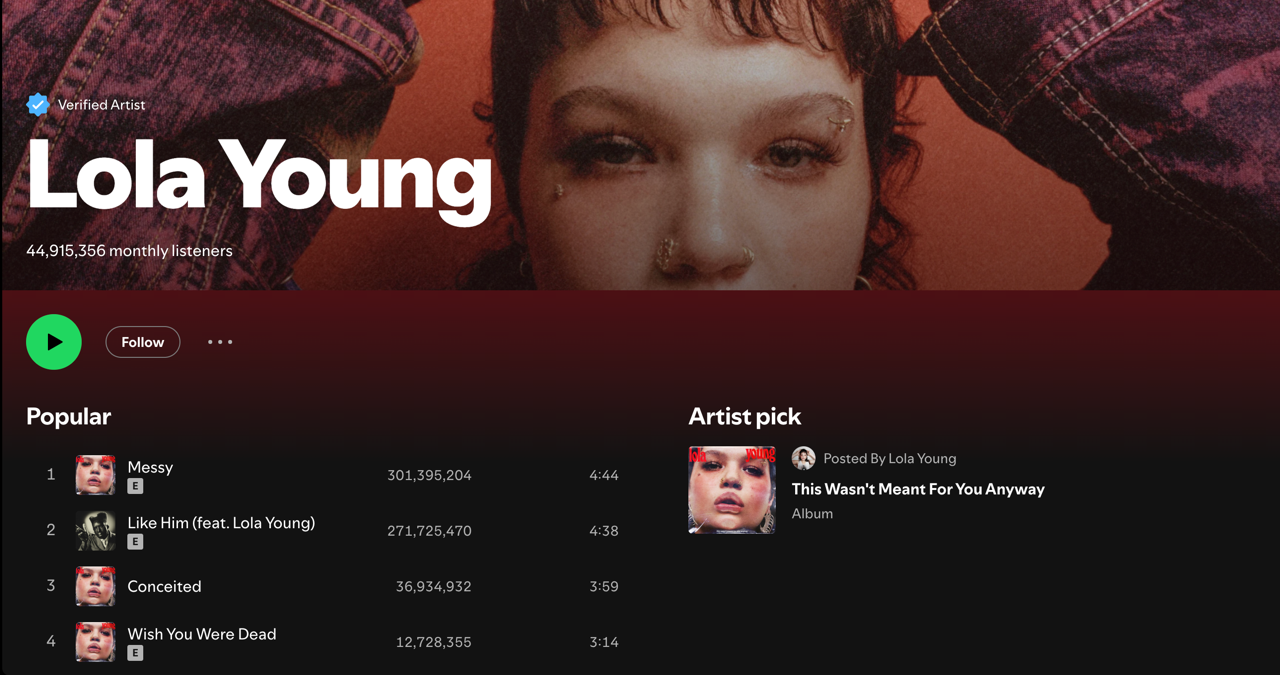
With a Spotify Popularity Index Score of 72%, Spotify’s algorithms will be pushing her out to both algorithmic and editorial playlists.
Streaming platforms offer limited tools to convert passive listeners into followers. Without listener data, artists can’t directly retarget fans.
What can musicians take away from these findings? Optimise profiles everywhere. Use high-quality bios, artist playlists, and pinned content to encourage follows.
Cross-promote channels. Link YouTube in Spotify bios, or tease website-exclusive content on socials.
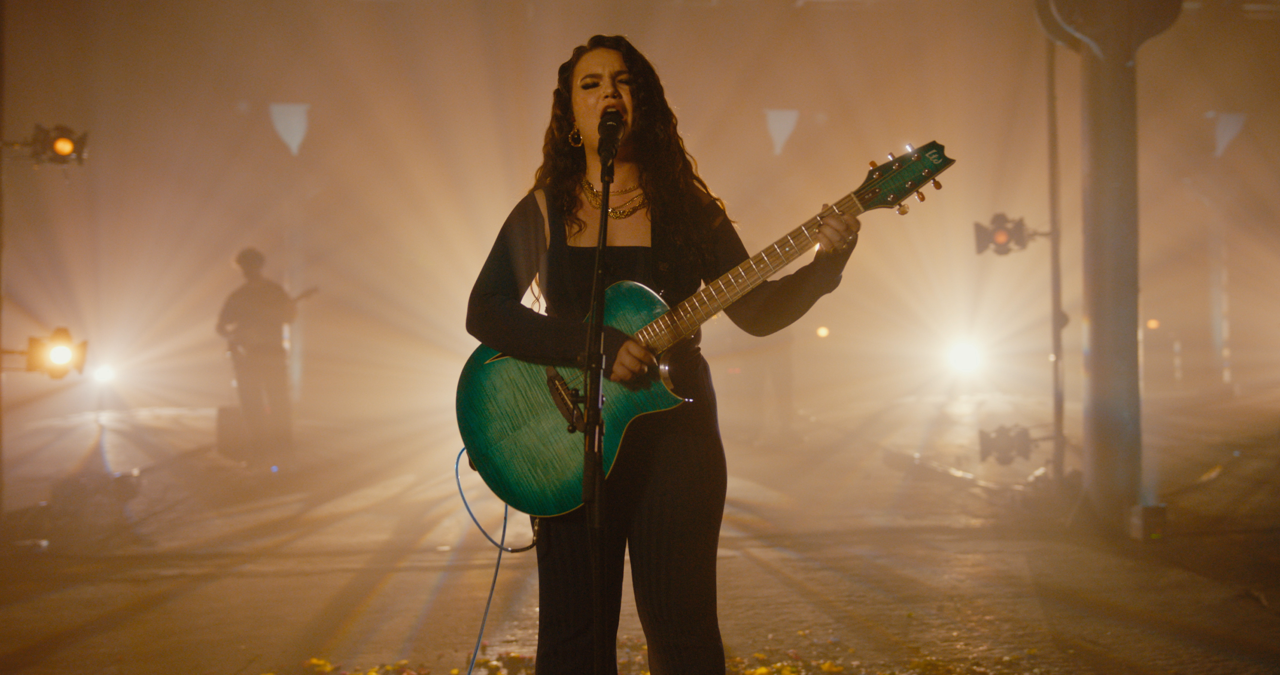
Lola Young’s story isn’t just about seizing on the popularity of a hit song, it’s a blueprint for navigating the gaps in today’s music industry.
In the end, Messy isn’t just a song - it’s a metaphor for the chaos of modern music marketing. The artists who thrive will be those who plan for the mess.
To break down the key takeaways from this deep-dive, here's something all self-releasing artists should take on-board:
1: Virality is fleeting. Even 300 million streams don't guarantee a sustainable career.
2: Own your audience and stories. Create content that gets people out of Google
3: Data > assumptions. Use analytics to learn why fans engage and tailor your strategy.
Success requires a multi-channel approach. Leverage trends, optimise for search, and create reasons for fans to stay connected long after the viral moment fades.
Mark Knight is the co-founder of the music start-up Major Labl Artist Club and also runs Right Chord Music, a music blog that champions incredible unsigned and independent artists. A marketing strategist by trade, Mark aims to bring best-practice brand marketing to band marketing. He has consulted for indie labels such as Earache Records (working with artists like Buckcherry, Scarlet Rebels, The Temperance Movement, and Travis Meadows), Trashmouth Records (Maggie The Cat), and various independent musicians including Anna Wolf, Iraina Mancini, and Porcelain. His work with The Daydream Club earned a nomination for Best Digital Campaign at The Music Ally Awards, making them the only unsigned artist to receive this recognition.
You must confirm your public display name before commenting
Please logout and then login again, you will then be prompted to enter your display name.
"The one-size-fits-all streaming model does not serve those seeking deeper connections with artists": Deezer makes a profit for the first time with big plans ahead
Napster is back - again - in a new deal worth $207 million: “Napster revolutionized digital music - we’re ready to do it again”



